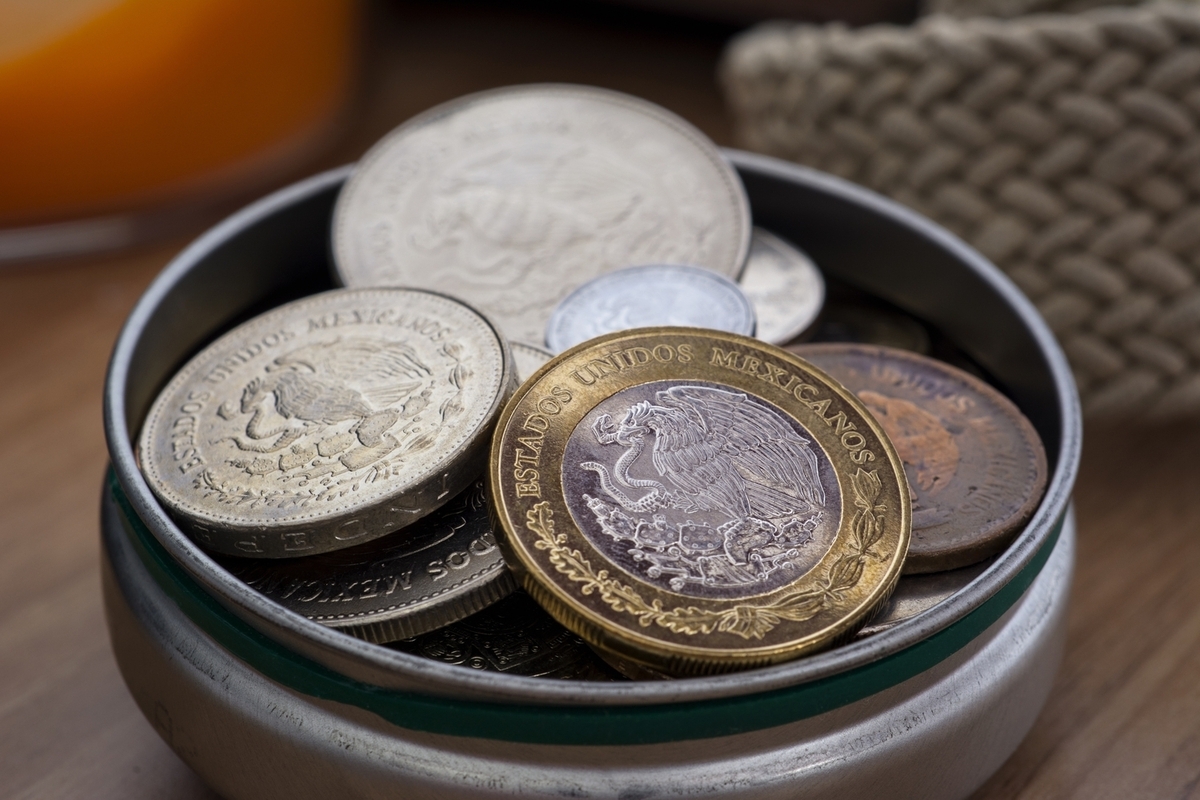Comprehensive Guide to Investing in Physical Gold for Wealth Preservation
This comprehensive guide explores physical gold investment options, emphasizing strategies for securing wealth, choosing between coins and bullion, and selecting trustworthy dealers. It offers useful tips for investors aiming for long-term stability, highlighting the importance of proper storage and understanding premiums. A perfect resource for those interested in diversifying their portfolio with tangible assets, this article provides practical insights for both novice and seasoned investors in gold markets.

Comprehensive Guide to Investing in Physical Gold for Wealth Preservation
In the realm of investment options, gold and real estate have long been regarded as pillars of financial stability. Gold, in particular, has established itself as an essential asset, especially during times of economic uncertainty, inflationary periods, or market volatility. Its intrinsic value and universal acceptance make it a reliable choice for investors looking to diversify their portfolios. Over time, gold has demonstrated consistent appreciation, and its role as a hedge against inflation is well-documented. While real estate remains a popular investment avenue, physical gold offers unique advantages such as liquidity, portability, and ease of storage, which many investors find appealing.
There are multiple avenues to invest in gold, ranging from physical possession to financial instruments. Investors can purchase physical gold in the form of bullion bars, collectible coins, or even jewelry, though the latter is less common due to its gold content variability. Alternatively, investing in gold-related securities such as exchange-traded funds (ETFs) or shares in mining companies allows exposure to gold’s price movements without physical handling. Each method has its benefits and considerations, and selecting the right approach depends on individual financial goals, risk tolerance, and investment horizon. Consulting with financial advisors or commodity brokers can provide valuable insights to craft an optimal gold investment strategy tailored to your needs.
Choosing the best method to invest in gold requires understanding the differences between physical and digital options. Financial experts generally recommend holding physical gold, as it offers tangible reassurance and immediate liquidity in times of crisis. Buying authentic gold bullion—such as bars and coins—from trusted suppliers ensures the quality and authenticity of your investment. Proper storage is crucial; securing physical gold in a safe deposit box or a secure home safe protects your assets against theft and damage.
Setting Clear Investment Objectives: Before diving into gold investments, clarify your financial goals. Are you aiming for long-term wealth preservation, quick gains from market fluctuations, or a strategic hedge against inflation and economic downturns? Your objectives will influence the types of gold you purchase, the amount to invest, and your planned holding period. Defining these goals helps in choosing the right investment approach and managing expectations.
Most physical gold is available in 1-ounce bars or coins, although larger bars are also common for institutional investors or those with substantial capital. Proper handling and storage are essential to maintain the integrity and value of your gold assets. When storing physical gold, consider secure safes, vaults, or bank safe deposit boxes that provide high levels of security and protection against theft or loss.
Different Types of Gold Bullion: Gold bullion comes in various forms, including bars, rounds, and coins. Bars and rounds are usually produced by private mints and are valued primarily based on their weight and purity. Official gold coins, minted by government authorities, often carry collectible value and additional premiums. Larger bars are ideal for long-term holdings, as they typically have lower premiums over spot price and are easier to keep in bulk. Coins, such as those issued by mints like the US Mint or the Royal Canadian Mint, are highly recognizable and easier to liquidate due to their recognized status.
Buying Gold Online: With the rise of e-commerce, purchasing gold has become more accessible and convenient. Reputable online bullion dealers and precious metals marketplaces offer a wide selection of gold products. When choosing a dealer, prioritize those with established reputations, good customer reviews, and transparent business practices. Ensure they are members of recognized trade associations and have affiliations with recognized mints or distributors. Always check their ratings on platforms like the Better Business Bureau or Trustpilot and verify their physical office locations or banking relationships to confirm legitimacy. Authenticity guarantees are vital, so opt for dealers who provide detailed descriptions, certificates of authenticity, and secure shipping options.
Purchasing Gold Coins: Gold coins are highly sought after for their liquidity, portability, and collectability. Prices for coins generally follow the daily gold spot price, augmented by a premium that covers manufacturing, distribution, and dealer markup. Premiums over the spot price are usually modest but can vary depending on the coin's rarity, condition, and demand. Smaller premiums are typical for widely recognized bullion coins such as the American Gold Eagle or the Canadian Gold Maple Leaf. Beware of overpriced or collectible coins that might carry higher premiums without a corresponding increase in market value. It’s advisable to stick with well-known, highly liquid coins for easier trading and resale, especially if you are new to gold investing.
In conclusion, investing in physical gold offers a secure and tangible means to preserve wealth, hedge against inflation, and diversify your investment portfolio. Whether you prefer to buy gold bars or coins, understanding the various purchase channels and storage options is crucial to maximizing your investment’s value. By setting clear financial goals and working with established, reputable dealers, investors can confidently navigate the gold market to achieve their long-term financial objectives.





